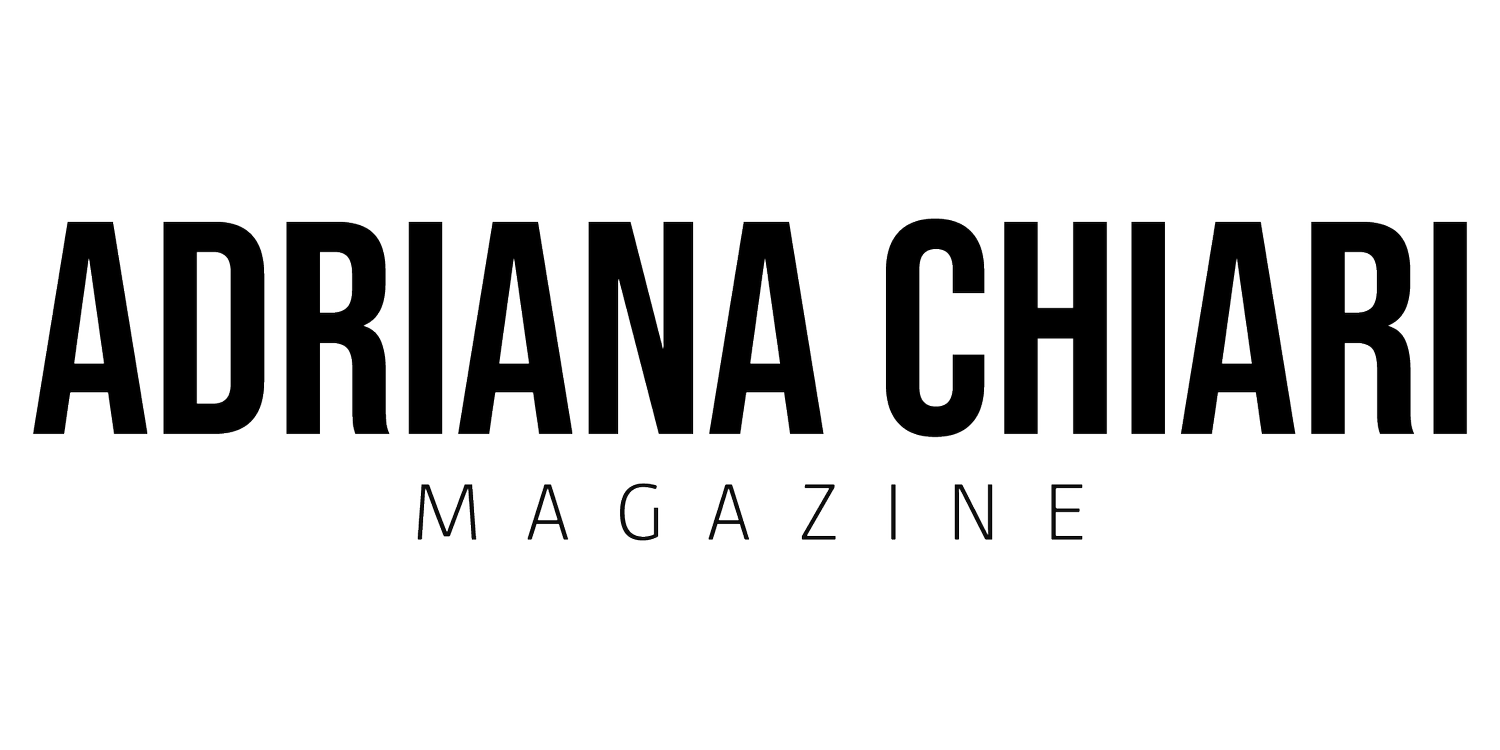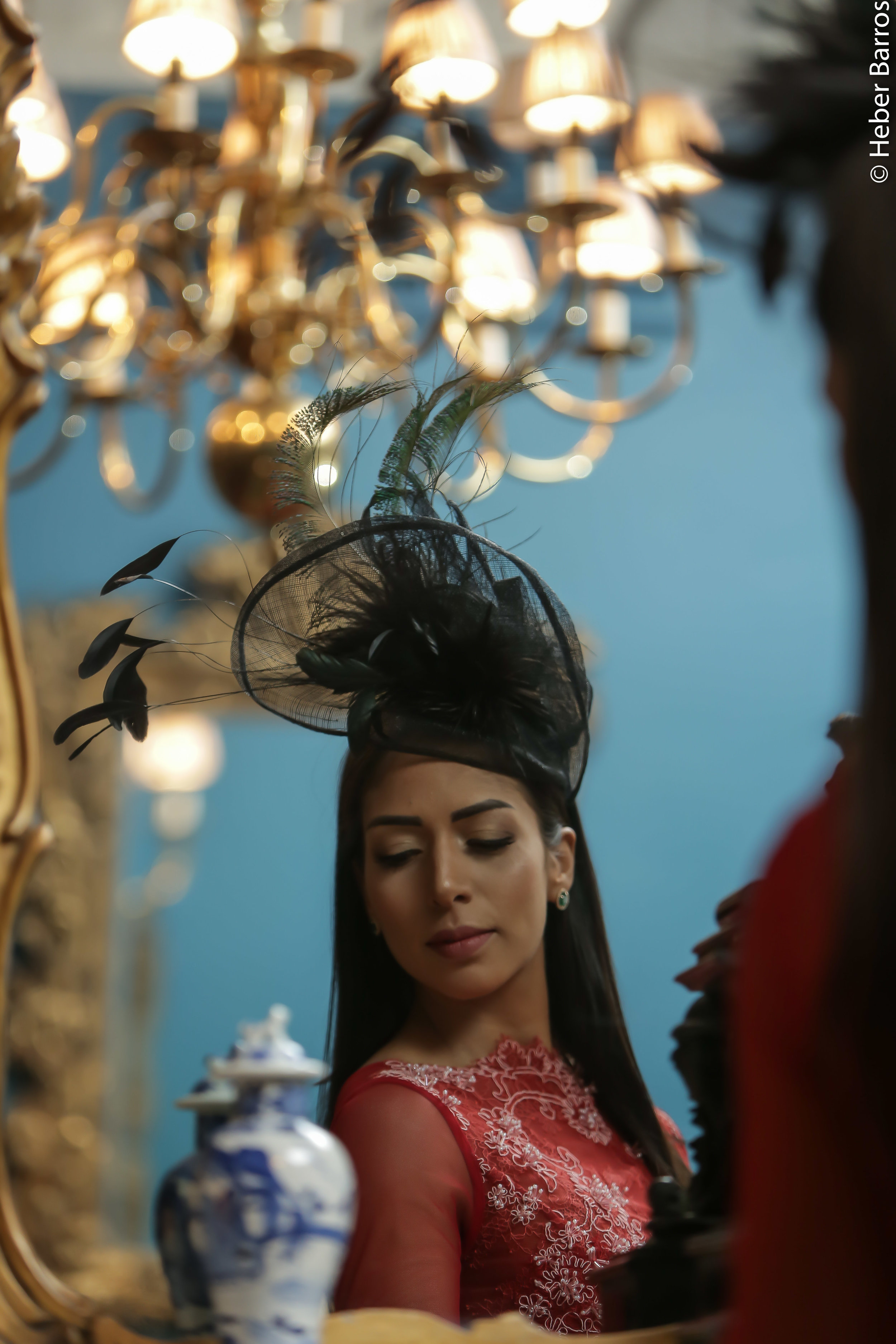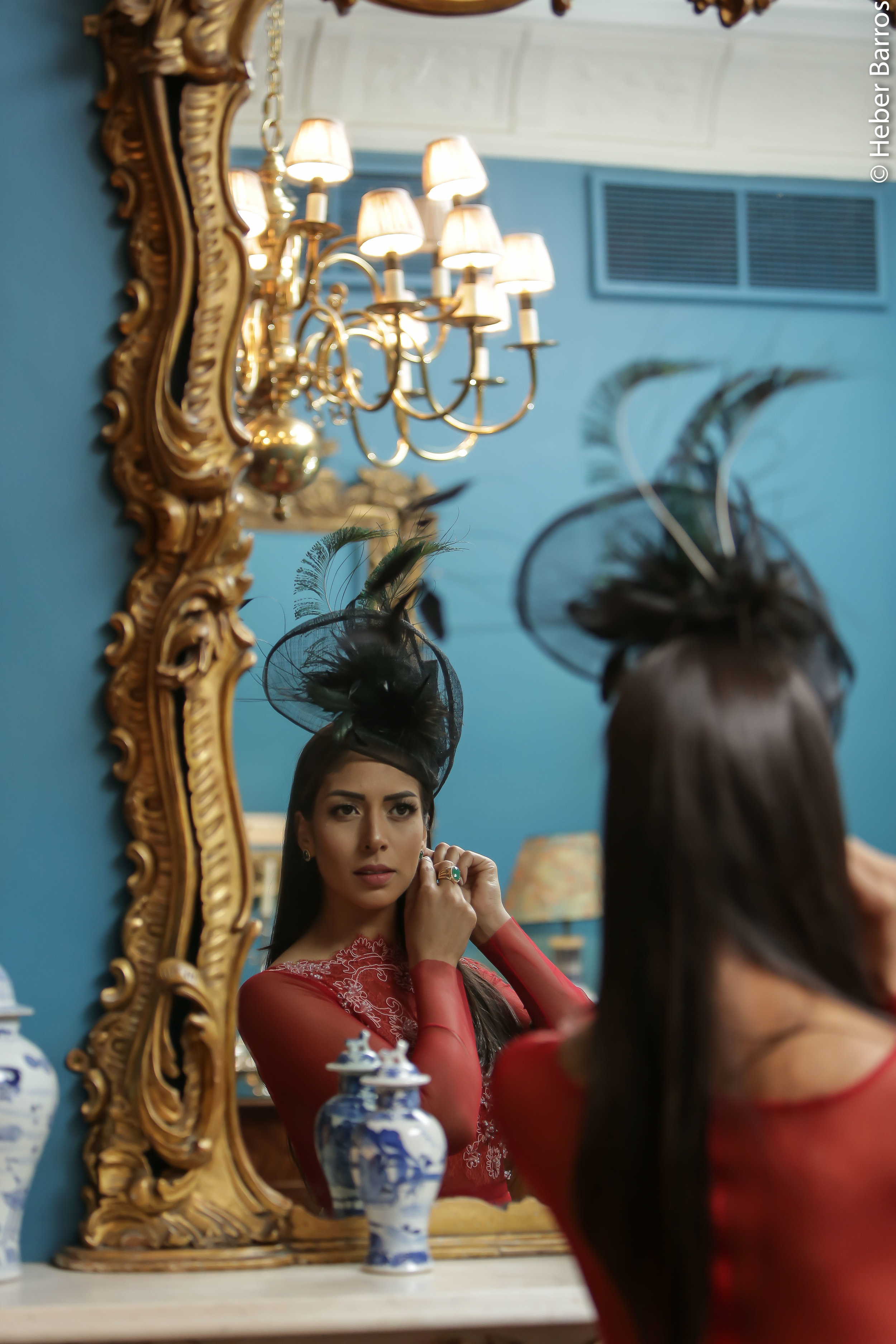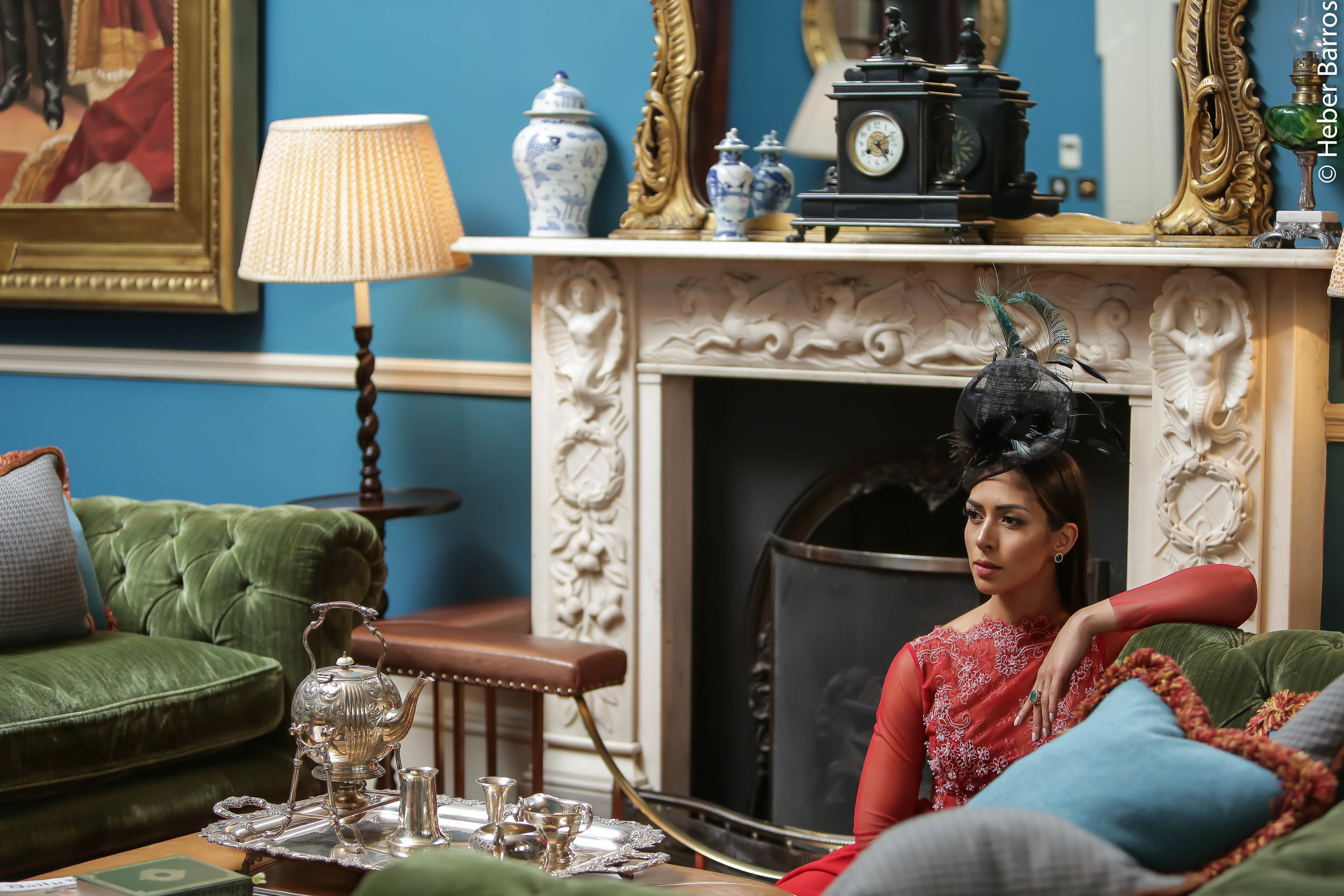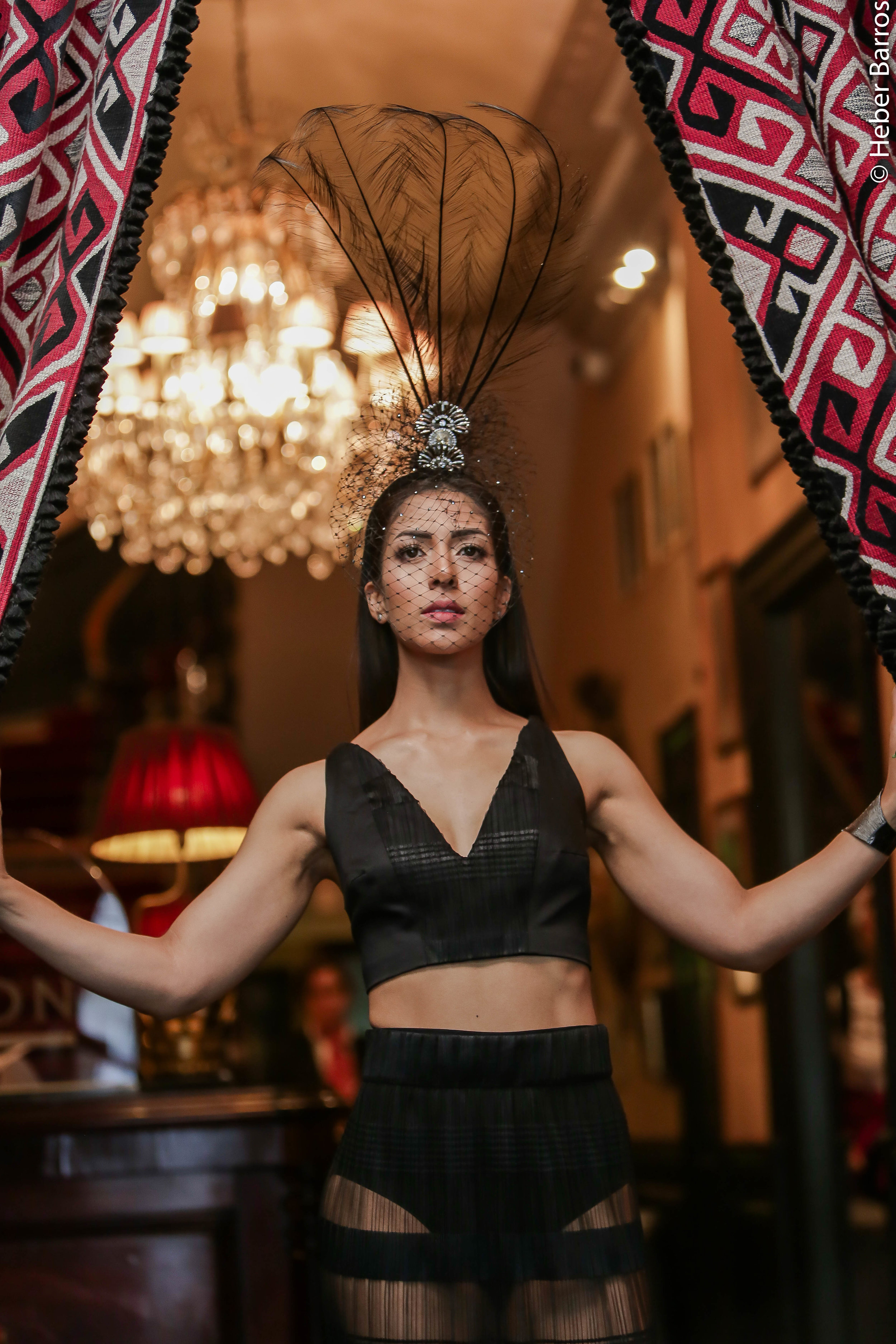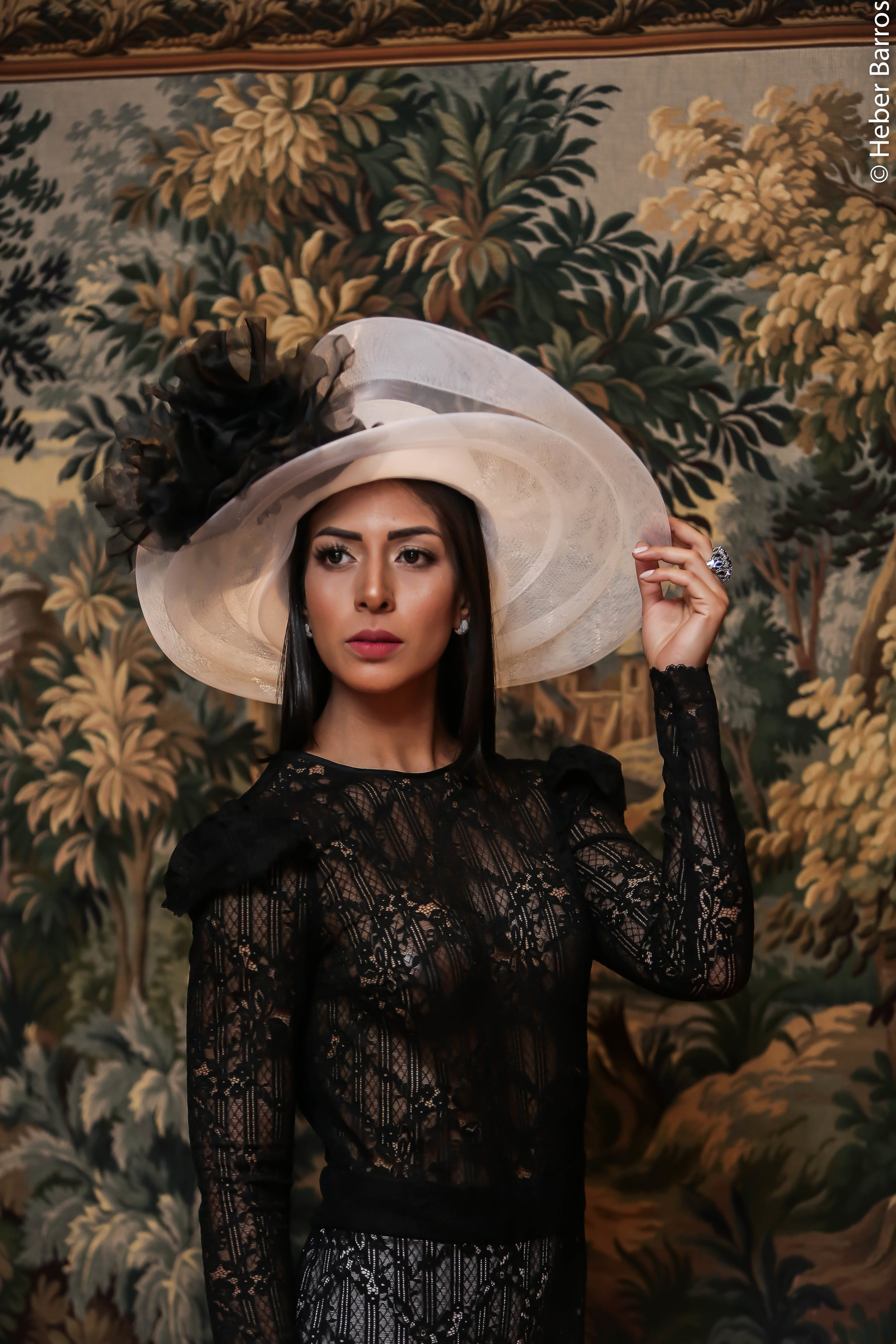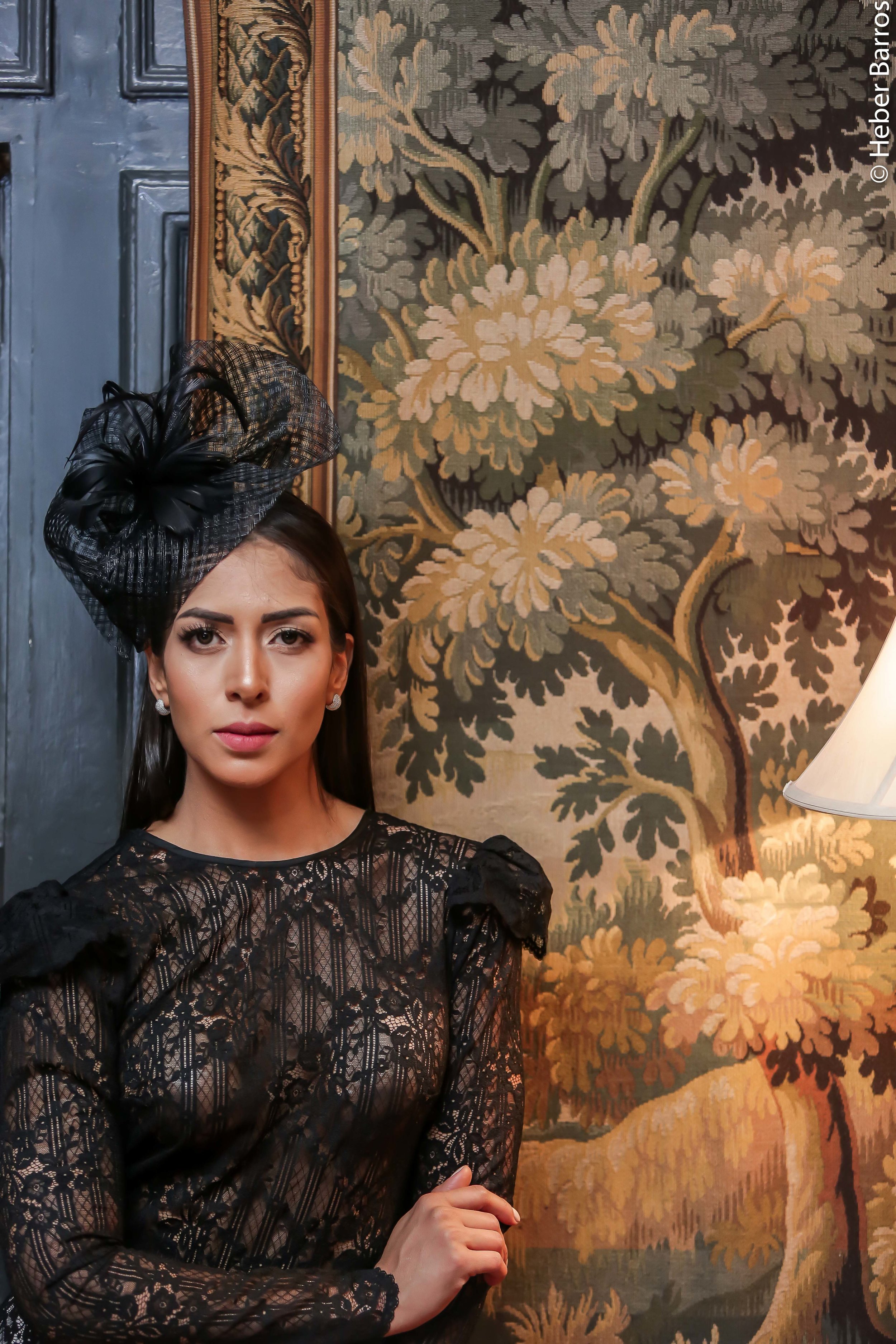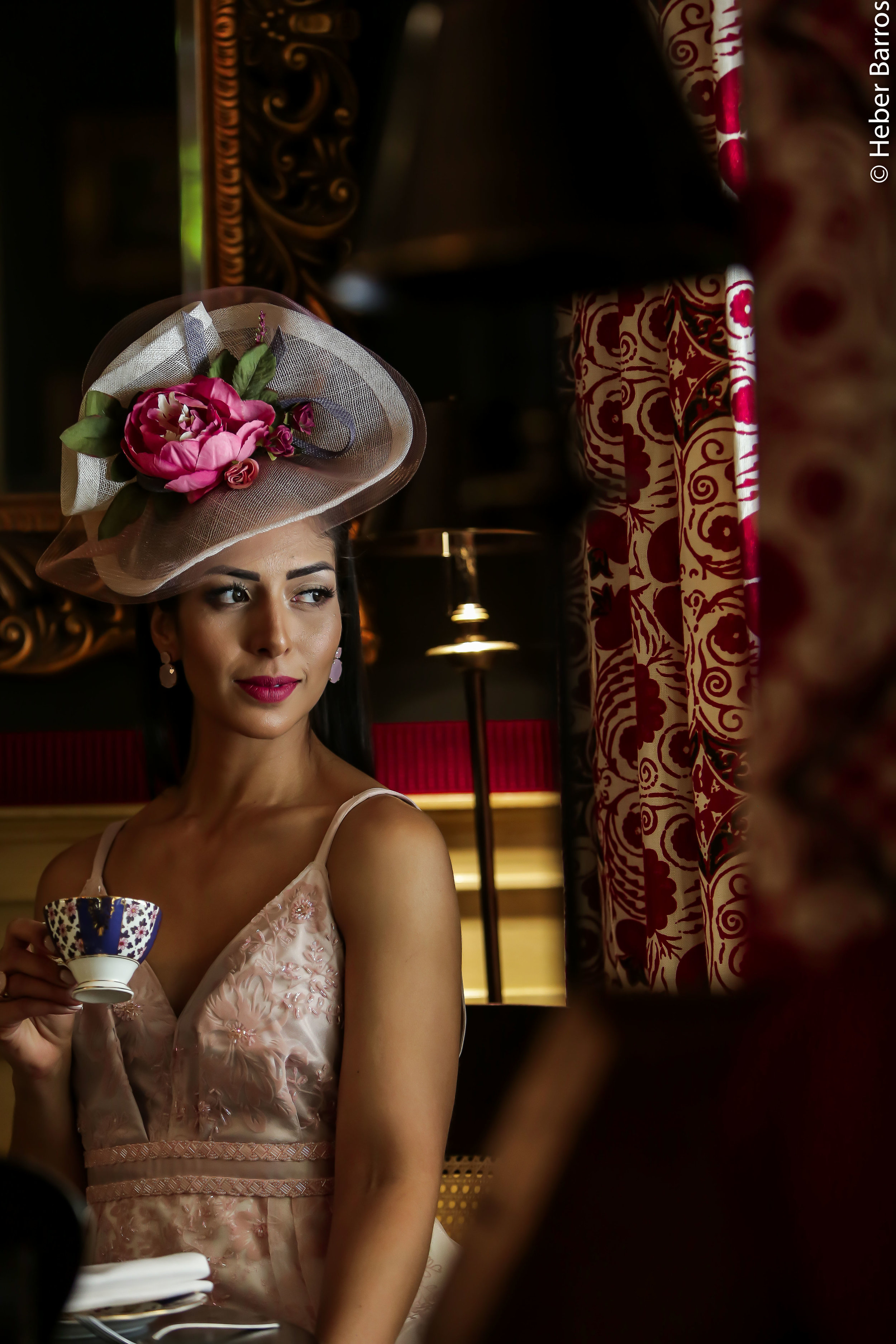Hat, Much more than accessory
Hat, much more than an accessory.
The word ‘hat’ originates from Old English and it denotes the head covering piece used to cover, protect or adorn the head.
It was, initially, the nobility and its need to highlight its social position that the hat took the distinction of becoming a head decoration and a symbol of status; its size and elaboration being proportional to the importance of the bearer.
There are a great variety of models with different sizes of the crown and brim. Specialists often say that a hat, more than just an accessory, is an experience.
So that we can understand better this very old and noble accessory, we interview Milliner Graciella Starling.
AC- When did you first decide to work with hats?
GS- Even when I was a child I used to enjoy combining my clothes with a hat. I was born in the interior of Minas Gerais and my mother used to order hats and clothes to be made to measure.
When I was a teenager I moved to São Paulo, where I studied and worked in large advertising firms, but at the same time I used to design accessories that I sold to friends and work colleagues.
My first brand of accessories was called Menina de Minas (Girl from Minas); this consisted of ear rings, neck laces, turbans and other creative accessories. It was at about this time that I left the daytime job so I could concentrate on my own brand. Because there was a great demand for bridal accessories, I started to work this segment more and to frequent sophisticated environments. This is how I came into contact with millinery.
AC- How to combine a hat with the clothes?
GS- There are two categories of hats; social and casual ones. When you wear a social hat, you need to consider the dress code of the occasion; for instance, for a royal wedding, the hat has to match the colour of the dress, the same tonality or the same material; this shows distinction. If it’s an ordinary wedding, it’s suffices that the hat goes with other accessories, like the bag or the shoes. If you’re going to Ascot it is fine just to match hat with the other accessories.
In the case of a casual hat, there is much more freedom, since there is no need for matching. The hat is a versatile accessory that can be incorporated into a casual or a more formal event.
AC- What are the types of hat?
GS- As hats evolved, the masculine and feminine styles got mixed. In the 20’s the straight brim and crown of the Canotier inspired Chanel and can nowadays be seen, in differen
materials, both in casual and formal hats. With the Facinator, in the post war years, hats lost some of their brim and all that was left were the decorations and crown. Nowadays there is an infinity of hat styles suited for all tastes and faces.
AC- How to choose the ideal hat?
GS- The first thing that I take into consideration when choosing a hat is the personality of my client, after that the size of the brim is determined by the width of the client’s shoulder. Normally shorter people do not look good wearing a hat with a broad brim as this can make them look even shorter. The shape of the head also determines the height of the crown. In fact, what you have to keep in mind is that the face must be in harmony with the height of the crown. These proportions can be defined by means of face analyses (visagismo) which determines the perfect hat size for each individua face. The shade of your skin also determines the hat colour shade; a refinement associated to made to measure hats.
Hint: Before you have a hat made specially for you, buy yourself a ready-made one and practice wearing it, so you get used to wearing hats.
